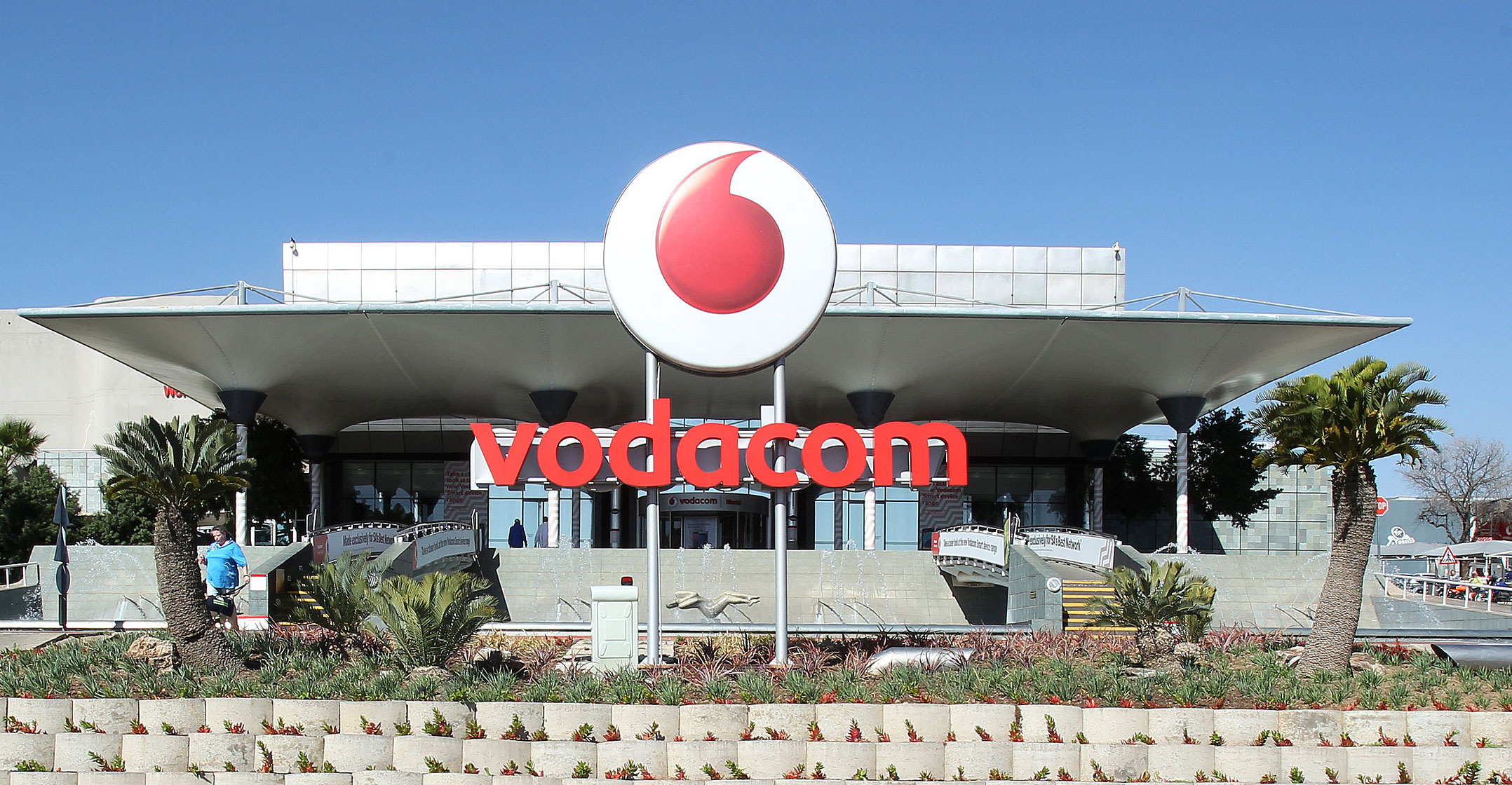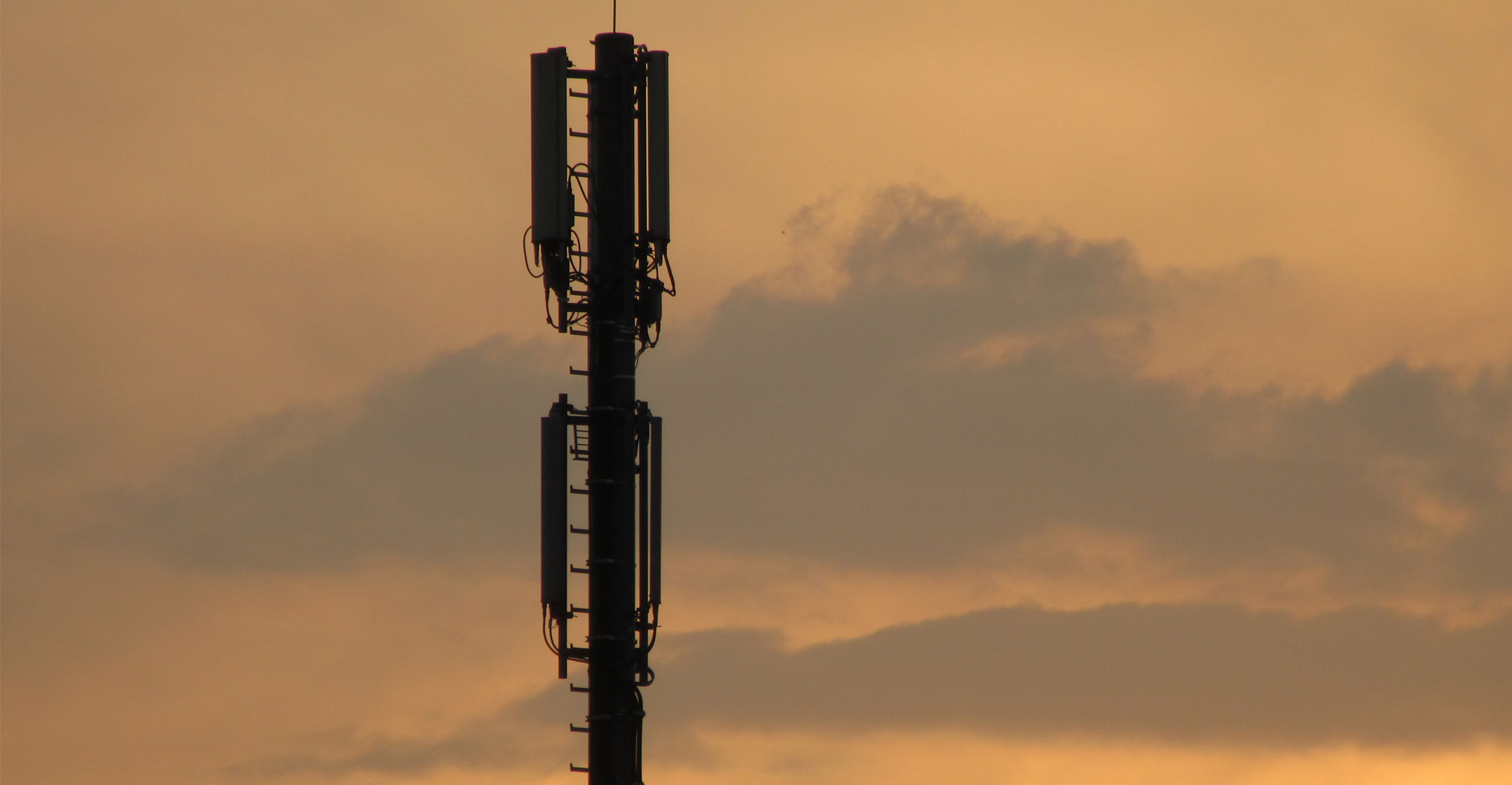 Vodacom said on Thursday that there is no reason to delay the licensing of 5G spectrum in South Africa, arguing that its urgent allocation is needed if South Africa is going to take advantage of the so-called fourth Industrial Revolution.
Vodacom said on Thursday that there is no reason to delay the licensing of 5G spectrum in South Africa, arguing that its urgent allocation is needed if South Africa is going to take advantage of the so-called fourth Industrial Revolution.
The operator’s group managing executive for technology strategy, architecture and innovation, Nicholas Naidu, said at a media conference in Sandton that there are vast chunks of spectrum around 3.5GHz that can be assigned to operators in the near term to ensure the rapid roll-out of 5G technology in South Africa.
Last month, communications minister Stella Ndabeni-Abrahams said the assignment of spectrum suitable for next-generation 5G networks would be held in abeyance until after the International Telecommunication Union’s World Radiocommunication Conference (WRC-19) taking place at the end of the year.
She directed communications regulator Icasa to investigate and report to her on spectrum requirements for 5G. This report should be completed within six months of the conclusion of WRC-19, after which the minister would issue a policy direction to Icasa — likely by mid-2020 at the earliest.
“The investigation should cover the affected bands (both those below 6GHz and the so-called millimetre-wave bands) and the implications of the licensing of these bands on competition and the current structure of the mobile market,” Ndabeni-Abrahams said.
However, Naidu said there is no technical reason why spectrum between 3.4GHz and 3.6GHz should not be assigned earlier as these bands have already been set aside for 5G by the ITU. WRC-19 will deal specifically with allocations in the millimetre-wave bands, which could be assigned later.
According to Naidu:
- 3.4GHz to 3.6GHz was allocated for mobile use at WRC-15 in 2015 for all of ITU region 1 (which includes Africa);
- This portion of the band (3.4GHz to 3.6GHz) has already been assigned to operators in many countries across the world, which have since launched commercial 5G services using it;
- In addition, for 33 countries in the Southern African Development Community region, including South Africa, the potential use of this spectrum band for mobile services was extended to the 3.3GHz to 3.6GHz range at WRC-15;
- A co-existence study would need to be completed in South Africa for the 3.3GHz to 3.4GHz portion to ensure no interference with other services that might be using this portion of the spectrum or adjacent bands;
- 3.4GHz to 3.6GHz spectrum is the ideal portion that can be licensed as soon as possible in South Africa. Large portions of spectrum in this band are currently unused and not dependent on a migration process as is required for example in the 700MHz and 800MHz bands.
- 3.6GHz to 3.8GHz was not allocated for mobile use by a WRC process and is also not on the agenda for the upcoming WRC-19. It has, however, been independently assigned to operators for 5G use by regulators in some countries already, including Italy. It could in future be considered for 5G use in South Africa, but there are existing satellite services already licensed in the band which also need to be considered.
Vacant spectrum
Currently, only Telkom and Liquid Telecom have assignments around 3.5GHz and Icasa is already in the process of considering how those assignments should be amended to ensure they are suited to 5G roll-out — using more efficient time-division duplexing, or TDD, technology. Even with these two companies’ assignments, large chunks are the spectrum are fallow and can be assigned, Naidu said.
And, he said, operators should be given large tracts of spectrum as this is needed to provide optimal 5G access speeds. “You need a decent amount of spectrum… There is a huge amount of spectrum in that band right now that can be used for 5G. The spectrum is vacant.
“5G is going to be key for the connectivity component for the fourth Industrial Revolution. From an international competitiveness and innovation perspective, it’s important that we do it sooner rather than later.”
 Vodacom Group chief technology officer Andries Delport said that, at the very least, it’s important for operators to know what spectrum bands they will get access to so they can plan today to be ready to deploy 5G networks.
Vodacom Group chief technology officer Andries Delport said that, at the very least, it’s important for operators to know what spectrum bands they will get access to so they can plan today to be ready to deploy 5G networks.
“In 4G, as a country, we missed the boat completely. I would not want that to happen with 5G,” Delport said. South Africa has still not officially assigned spectrum for 4G/LTE networks, with operators like Vodacom forced to reassign — or “refarm” — their 2G and 3G spectrum assignments to roll out 4G. The problem is that the bands used to do this — 900MHz, 1.8GHz and 2.6GHz — are not yet supported by 5G technology, so refarming is not an option.
“The possibility of refarming with 4G is not there with 5G,” he said. “If we miss the 5G spectrum boat, the country will miss out on 5G.” — © 2019 NewsCentral Media
- This article was updated to include more details about the spectrum bands available for 5G

